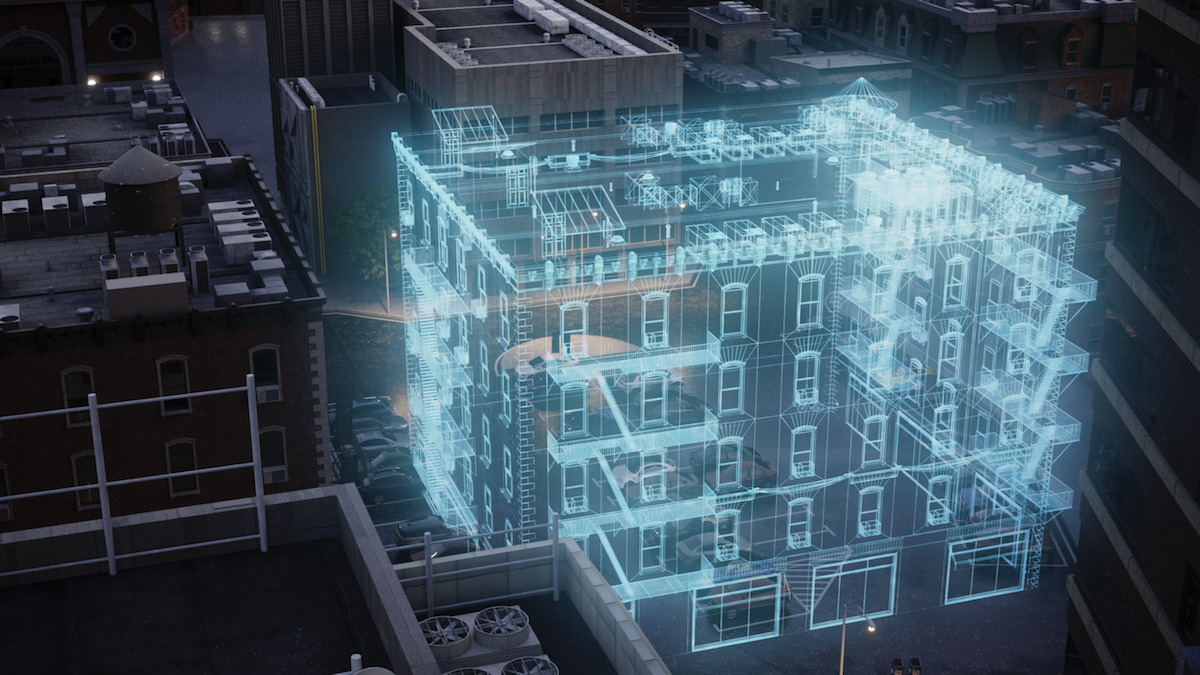
From digital twins to digital shadows, and now sleeping digital twins. The latter is a theory, being advanced by net-zero technology specialist IES, that posits that dormant 3D design, compliance and BIM models can be evolved into performance digital twins to drive down carbon.
In a white paper, Sleeping Digital Twins, IES explains the theory and the obstacles to its adoption: “The theory that inspired this paper is that these existing digital design models, also referred to as sleeping digital twins, harness significant untapped potential to improve the performance of our current building stock.
“By extending the useful life of these models into operation as part of a whole-life performance modelling approach, and integrating real operational data, therein lies an opportunity to transform these underutilised digital assets into live digital twins capable of supporting improved performance outcomes across the building lifecycle.
“The ultimate aim is to provide a virtual replica which is accessible to various project stakeholders, and that leverages real data and physics-based simulation, to help empower better decisions around how we design, build, retrofit and operate our buildings.”
Dormant potential
IES founder and chief executive, Don McLean, delved deeper into the concept of a sleeping digital twin as ‘dormant’ potential. “It is not doing anything, but if we wake it up, we can update the model and connect it to the operational building and the end user,” he said. “For relatively little cost, they can get the model up and running and have the operational information from it to know that the building is operating as best as it possibly can.”
Among the obstacles noted in the white paper was the issue of energy models being “frequently commissioned primarily for compliance purposes, and only rarely are they passed on or fully utilised beyond this stage”.
In the accompanying survey of more than 240 construction professionals and building owners, occupiers and facilities managers, more than half cited legal worries with model sharing. Respondents also flagged technology and skills barriers.
Don’t miss out on BIM and digital construction news: sign up to receive the BIMplus newsletter.












